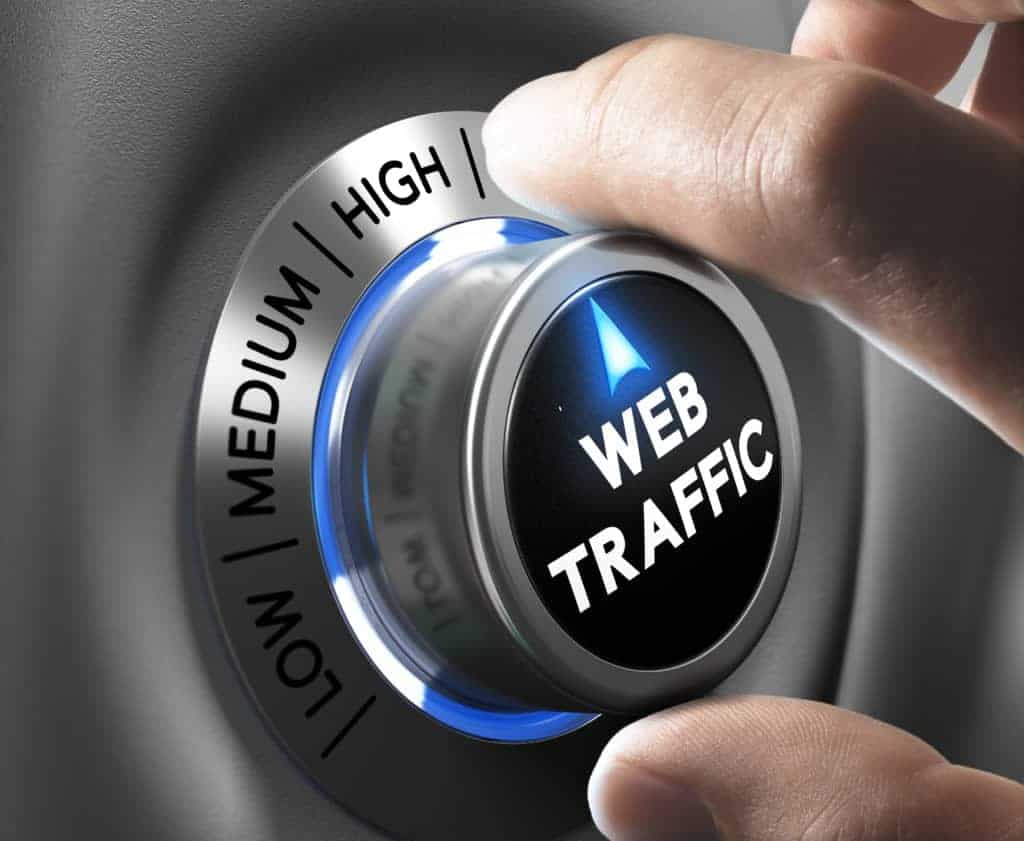How much time does it take to load a web page? If you’ve ever tried to access a site only to see it take forever to load, then you know how frustrating it can be.
Web pages are becoming increasingly complex. In addition to images, videos, and other media, they now include JavaScript code, CSS stylesheets, and even interactive elements such as forms or maps. This means that loading a web page takes longer than before.
There are several factors that affect website speed. These include the number of files being loaded, the size of those files, and the server response time, etc.

What is website speed?
Before anything else, you have to understand what website speed is. It’s not just about how fast your computer is when accessing a website. It also includes how quickly the browser can display your content on screen.
Website speed is defined as the amount of time it takes to load a webpage. Everything that is loaded on a webpage affects how quickly a user can navigate to another page. Elements such as images, videos, and scripts take longer than text to load. A slow-loading website will be frustrating for users because they won’t be able to view any content until everything is downloaded.
Desktop and mobile page speeds are both measured separately. Mobile users usually get a slower experience than desktop users.
Why is website speed important?
Users want to see results quickly. Pages should be loaded as fast as possible. Mobile users expect fast load speeds, too.
Slow load times also affect conversions. With each second of increased page speed (and decreased load time), we see an increase in conversion rate.
Additionally, page speed is very important for SEO. In 2010, Google announced they would include page speed as a ranking factor. In 2017, Google incorporated mobile site speed into its ranking algorithm. Google is also experimenting AMP – a project aimed to make pages load faster on mobile devices.
Search engines rank web pages based on how well they perform according to users’ needs. These needs include things like loading speed, ease of navigation, and whether or not the page contains malware. Pages that do poorly in these areas may be penalized by search engines.
How do I measure website speed?

The first step in measuring your website speed is to use a free tool. There are many tools available online. Some of them are: PageSpeed Insights, GTMetrix, Pingdom, WebPageTest, and Yslow.
These tools all work differently but most give similar information. They check different aspects of your page including HTML, CSS, JS, image sizes, and more. The goal is to find out where improvements can be made so that your page loads faster.
You can then compare this data with your own measurements. If there are significant differences between the two sets of numbers, you know something needs to change.
What are the factors that affect website speed?
The first thing we need to understand is what affects website performance in general. The more complex your web page is, the slower it will perform. The following factors contribute to this:
1. Size of Files
The larger the file, the longer it will take for the browser to download it. For example, if you have an image with a width of 800 pixels and height of 600 pixels, the browser must download two separate files – one for the top half of the image and another for the bottom half.
If you’re using a PNG format instead of GIF, JPG, or BMP, then the file size will be smaller. However, the quality may not be as good.
2. Number of Files
If there are many different files on a page, then the total amount of data transferred by the browser will increase. This means that the page will take longer to load. It’s best to keep your number of external resources to a minimum.
3. File Type
Some types of files require extra processing from the server before they can be displayed. For instance, some browsers don’t display PDFs unless the user has downloaded Adobe Acrobat Reader.
4. Server Response Time
This refers to the length of time between when the client sends a request to the server and when the server responds back. A slow server response time can cause delays in downloading large files.
5. Browser Compatibility Issues
Different browsers use different technologies to display websites. Each has its own set of features and limitations. Some browsers may support certain HTML tags while others do not.
For instance, Internet Explorer 8 supports some HTML 5 tags but not all. It also does not support Flash video, audio, or Java applets.
Other browsers may support some HTML 5 tags but lack support for others. They may also lack support for certain types of multimedia content.
6. Network Latency
This refers to the amount of time it takes to transfer information over the network from the client to the server. Longer latencies mean that the user’s connection to the internet is slower than normal.
7. Bandwidth Limitations
Some networks limit the bandwidth available to users. This means that users cannot send and receive too much data at once.
8. Client-Side Scripting
Some browsers allow developers to write scripts directly into their pages. Others require them to use an external script library.
9. Caching
Browsers cache webpages so that they don’t have to re-download them every time someone visits. If the same webpage is requested again, then the cached version is used instead of having to go through the process of retrieving the new copy from the server.
However, caching doesn’t work very well with dynamic sites because the contents of the site change frequently. In addition, the browser may only cache the most recent version of the page.
10. Webpage Load Order
The order in which the various elements on a page load affects how quickly the page loads. For example, if a link appears first, then the visitor is likely to click on it before reading any other text.
The opposite effect occurs if the text appears first.
Other Factors
There are several factors that affect website speed that aren’t listed here. The best way to determine what these factors are is to test your site yourself. You can start by using tools such as Google PageSpeed Insights.

How do I improve my website speed?
There are many ways you can take to improve your website speed. They include:
1) Use a CDN – Content Delivery Network. This allows you to serve static assets from a central location instead of hosting them yourself. You can host these assets on Amazon S3 or other cloud storage services.
2) Optimize Images & Videos. Reduce their file sizes and compress them using lossless compression techniques.
3) Minimize JavaScript. Remove unused code and combine multiple files into one.
4) Compress CSS. Combine selectors into a single style sheet.
5) Use Gzip Encoding. Compress HTTP responses.
6) Cache Static Assets. Store frequently accessed resources locally rather than serving them over the network. This reduces bandwidth usage and improves performance.
8) Use a Content Security Policy. This prevents malicious code from being run when a visitor visits your site.
9) Use a Load Balancer. A load balancer distributes requests across several servers. It’s typically used to balance traffic among multiple servers. However, it can also be used to spread requests evenly across multiple servers.
10) Use a Reverse Proxy. A reverse proxy caches content and proxies it back to clients. This helps reduce latency by caching commonly requested content.
11) Use a Cloudflare SSL Certificate. Cloudflare offers free SSL certificates. This will encrypt communication between your server and your visitors.
12) Use an Analytics Tool. Track user behavior to see what features are working best.
13) Use Server Side Includes (SSI). SSIs allow you to embed variables within your HTML source. This lets you generate dynamic content such as menus and forms.
14) Use a CMS. Content Management Systems provide a way to manage your website content. They’re often built for developers but can also be used by non-developers.
15) Use a Content Distribution Platform (CDN). These platforms help you distribute content to third parties.
Conclusion
There is no question that website speed really matters. If your site isn’t loading fast enough, users may leave without visiting again. As a result, you’ll miss out on potential sales. To make sure this doesn’t happen, you need to get serious about improving your site speed.
If you want to keep the hassle of improving your website speed out of your hands, we have website care plans you can check out here!



